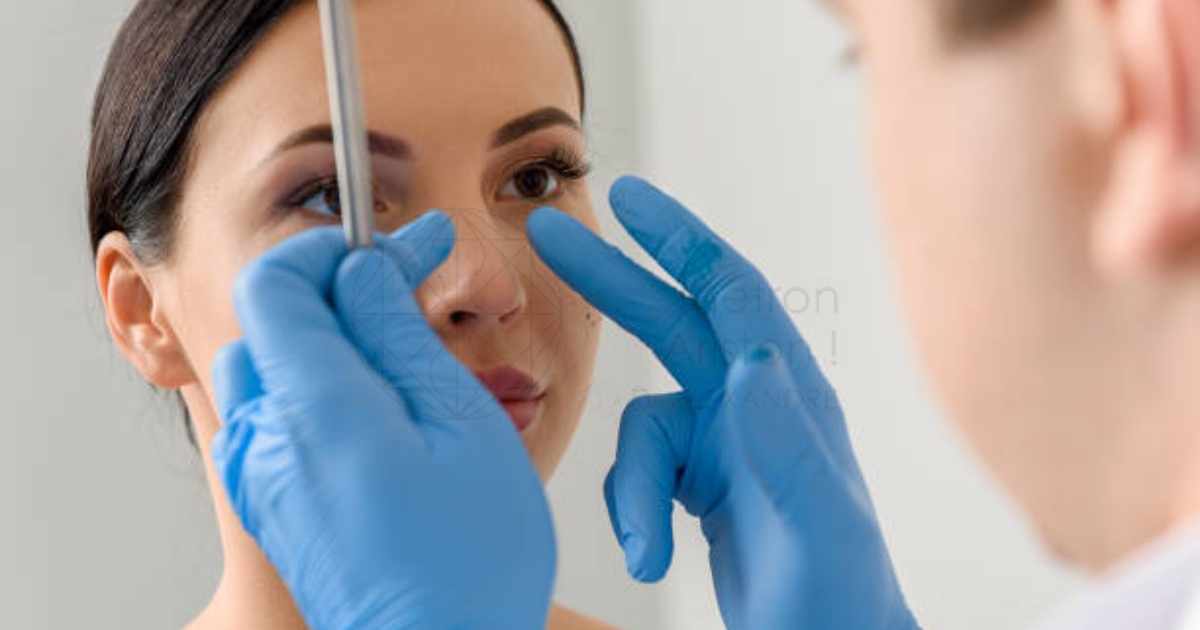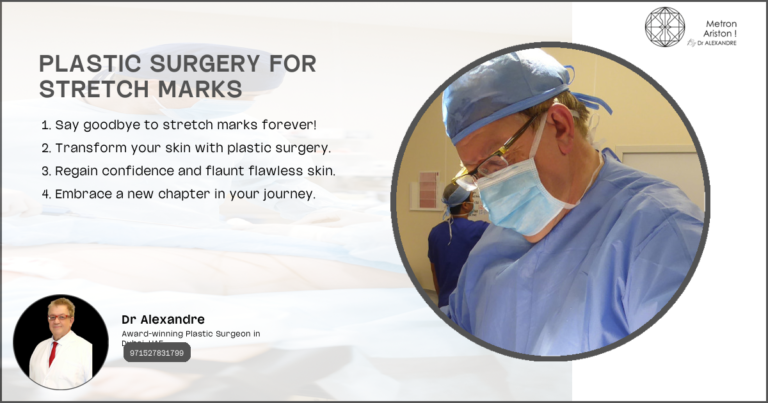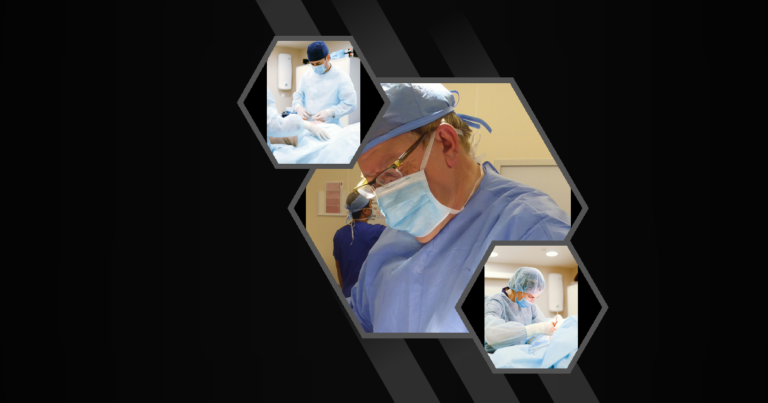Managing Facial Swelling After Nose Surgery
What Are Facial Plastic Surgery Procedures?
Facial plastic surgery encompasses a variety of procedures aimed at enhancing the appearance and function of the face. These procedures can range from minimally invasive treatments to more extensive surgical interventions.
Types of Facial Rejuvenation Techniques
Facial rejuvenation techniques include both surgical and non-surgical options. Surgical techniques often involve facelifts, rhinoplasty, and eyelid surgery, while non-surgical options include Botox, fillers, and laser treatments.
- Facelifts: Tighten and lift sagging skin.
- Rhinoplasty: Reshape the nose for aesthetic or functional improvements.
- Eyelid Surgery: Remove excess skin and fat from the eyelids.
- Botox and Fillers: Reduce wrinkles and add volume to the face.
- Laser Treatments: Improve skin texture and tone.
Benefits of Consulting a Board-Certified Plastic Surgeon
Consulting a board-certified plastic surgeon ensures that you are receiving care from a professional who has met rigorous standards in training and expertise. Board certification is a mark of quality and safety.
- Expertise: Board-certified surgeons have extensive training.
- Safety: Adherence to high standards of patient care.
- Results: Higher likelihood of achieving desired outcomes.
Finding the Right Plastic Surgeon for Face Near Me
Choosing the right plastic surgeon for your face is crucial for achieving the best results. It’s important to conduct thorough research and consider several factors before making your decision.
Importance of Researching Credentials and Experience
Researching a surgeon’s credentials and experience is essential. Look for board certification, years of practice, and specialization in facial procedures.
- Board Certification: Verify through reputable boards.
- Years of Practice: More experience often correlates with better outcomes.
- Specialization: Focus on facial plastic surgery.
Reading Patient Reviews and Testimonials
Reading reviews and testimonials from previous patients can provide insights into the surgeon’s skills and patient satisfaction. Look for consistent positive feedback and before-and-after photos.
- Patient Satisfaction: High ratings and positive comments.
- Before-and-After Photos: Visual proof of the surgeon’s work.
- Consistency: Repeated positive experiences.
The Facelift Procedure Explained 
A facelift is a popular surgical procedure designed to reduce signs of aging by tightening and lifting the facial skin. Understanding the different techniques and what to expect can help you prepare for the surgery.
Different Facelift Techniques
There are various facelift techniques, each tailored to address specific concerns. These include traditional facelifts, mini facelifts, and deep plane facelifts.
- Traditional Facelift: Comprehensive lifting of the face and neck.
- Mini Facelift: Focuses on the lower face and neck.
- Deep Plane Facelift: Targets deeper facial tissues for more natural results.
Preparing for Your Facelift Surgery
Preparation is key to a successful facelift surgery. This includes pre-operative consultations, medical evaluations, and following specific guidelines provided by your surgeon.
- Consultations: Discuss goals and expectations.
- Medical Evaluations: Ensure you are fit for surgery.
- Pre-Operative Guidelines: Follow instructions for medications and lifestyle changes.
Recovery and Aftercare for Optimal Results
Proper recovery and aftercare are crucial for achieving the best results from your facelift. This includes following post-operative instructions, attending follow-up appointments, and taking care of your skin. Sculpted body enhancements are ways to change how your body looks and feels. People use
- Post-Operative Instructions: Adhere to your surgeon’s guidelines.
- Follow-Up Appointments: Monitor healing and progress.
- Skin Care: Use recommended products to maintain results.
Addressing Swelling Face After Nose Surgery 
Swelling is a common side effect after nose surgery (rhinoplasty). Understanding the normal timeline and how to manage swelling can help you through the recovery process.
Normal Post-Operative Swelling Timeline
Swelling typically peaks within the first few days after surgery and gradually subsides over several weeks. Full resolution of swelling can take several months.
- First Few Days: Peak swelling.
- First Few Weeks: Gradual reduction.
- Several Months: Complete resolution.
Tips to Reduce Facial Swelling After Rhinoplasty
There are several strategies to reduce facial swelling after rhinoplasty. These include keeping your head elevated, applying cold compresses, and avoiding strenuous activities.
- Head Elevation: Sleep with your head elevated.
- Cold Compresses: Apply to reduce swelling.
- Avoid Strenuous Activities: Prevent increased blood flow to the face.
When to Contact Your Surgeon About Swelling Concerns
It’s important to know when to contact your surgeon if you have concerns about swelling. Persistent or worsening swelling, severe pain, or signs of infection should be addressed immediately. Innovative aesthetic procedures use new technology to make people look better These treatments can change how you look without surgery in cool ways Plastic surgery procedures can change how people look Doctors use special tools to make faces and bodies different
Surgical stretch correction helps fix tight muscles and skin Doctors use special tools during Plastic surgery psychology explores how people feel about changing their looks It helps understand why some want surgery and how it affects their self-image
Surgery myths debunked Many people believe surgery is always painful and risky but doctors use advanced techniques to make operations safer and more comfortable for patients Deviated septum expenses can include doctor visits and surgery costs These expenses may not be fully covered by insurance so patients should plan ahead
Plastic surgery longevity Ophthalmic augmentation procedures are special eye treatments that help improve vision or make eyes look better These procedures can include adding tiny devices or making small changes to the eye to enhance its function or appearance Accutane surgery risks Taking Accutane can make surgery more risky because it affects how your skin heals Doctors may advise waiting several months after stopping Accutane before having any surgery
Cosmetic enhancements popularity is growing fast as more people want to change how they look Many celebrities and social media influencers promote Assess surgeon expertise by looking at how many operations they have done and how well their patients got better
- Persistent Swelling: Lasting beyond the expected timeline.
- Severe Pain: Unmanageable discomfort.
- Signs of Infection: Redness, warmth, or discharge.
FAQ’s
1. How long does facial swelling last after nose surgery?
Facial swelling is common after nose surgery and can last for several weeks. The most significant swelling typically occurs within the first 48 to 72 hours post-surgery. While the majority of the swelling subsides within two weeks, residual swelling can persist for several months, gradually diminishing over time. Full resolution of swelling may take up to a year.
2. What can I do to reduce swelling after my nose surgery?
To reduce swelling after nose surgery, keep your head elevated as much as possible, even while sleeping. Applying cold compresses gently to the swollen areas can help during the first 48 hours. Additionally, staying hydrated, avoiding salty foods, and following your surgeon’s post-operative instructions carefully will aid in managing swelling.
3. Is it normal for swelling to increase after a few days?
Yes, it’s normal for swelling to peak around the third day after surgery. This is part of the body’s natural healing process. If the swelling is accompanied by severe pain, redness, or warmth, it’s important to contact your surgeon, as these could be signs of infection or other complications.
According to the American Society of Plastic Surgeons, 234,374 facelift procedures were performed in the United States in 2020. (Source: American Society of Plastic Surgeons )








